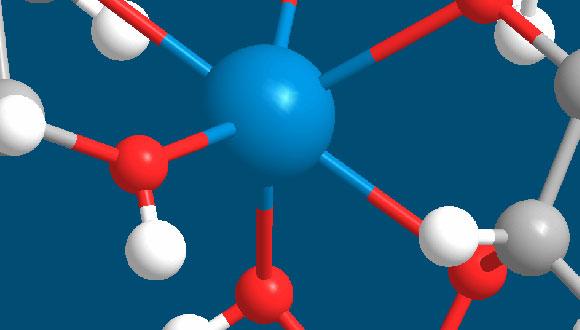Organic Chemistry Seminar: Chemical Biology of Cellular Carbohydrates
Prof. Valentin Wittmann, University of Konstanz
-
a) D. Schwefel, C. Maierhofer, J. G. Beck, S. Seeberger, K. Diederichs, H. M. Möller, W. Welte, V. Wittmann. Structural Basis of Multivalent Binding to Wheat Germ Agglutinin. J. Am. Chem. Soc. 2010, 132, 8704-8719; b) P. Braun, B. Nägele, V. Wittmann, M. Drescher. Mechanism of Multivalent Carbohydrate-Protein Interactions Studied by EPR Spectroscopy. Angew. Chem., Int. Ed. 2011, 50, 8428-8431; c) P. Rohse, V. Wittmann, Chem. Eur. J. 2016, 22, 9724-9733.
-
a) A. Niederwieser, A.-K. Späte, L. D. Nguyen, C. Jüngst, W. Reutter, V. Wittmann, Angew. Chem., Int. Ed. 2013, 52, 4265-4268; b) A.-K. Späte, V. F. Schart, S. Schöllkopf, A. Niederwieser, V. Wittmann, Chem. Eur. J. 2014, 20, 16502-16508; c) A.-K. Späte, H. Bußkamp, A. Niederwieser, V. F. Schart, A. Marx, V. Wittmann, Bioconjugate Chem. 2014, 25, 147-154; d) A.-K. Späte, J. E. G. A. Dold, E. Batroff, V. F. Schart, D. E. Wieland, O. R. Baudendistel, V. Wittmann, ChemBioChem 2016, 17, 1374-1383; e) J. E. G. A. Dold, J. Pfotzer, A.-K. Späte, V. Wittmann, ChemBioChem 2017, 18, 1242-1250.
-
a) F. Doll, A. Buntz, A.-K. Späte, V. F. Schart, A. Timper, W. Schrimpf, C. R. Hauck, A. Zumbusch, V. Wittmann, Angew. Chem., Int. Ed. 2016, 55, 2262-2266; b) F. Doll, J. Pfotzer, V. Wittmann, A. Zumbusch, Methods Enzymol. 2017, DOI: 10.1016/bs.mie.2017.06.015.
Seminar Organizer: Dr. Roman Dobrovetsky


